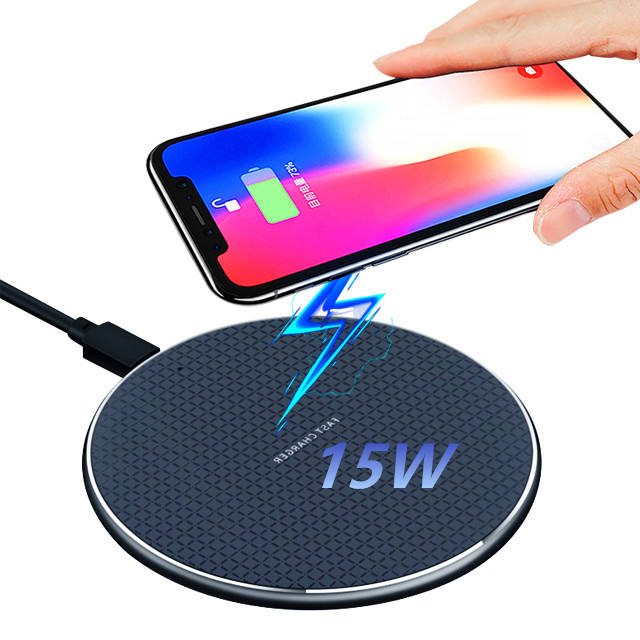What is the principle of wireless charging?
Wireless charging principle: wireless charging mainly adopts electromagnetic induction, the charger and the power device to transmit energy with a magnetic field, the two do not need to be connected by wires, so the charger and the power device can be exposed without conductive contacts.
Wireless charging technology is derived from wireless power transfer technology, which can be divided into two ways: low-power wireless charging and high-power wireless charging.
1. Low-power wireless charging often adopts electromagnetic inductive type, such as the Qi method of charging mobile phones, but ZTE’s electric vehicle wireless charging method adopts inductive type.
2. High-power wireless charging often adopts a resonant device that transmits energy to electricity consumption by the power supply equipment, and the device uses the received energy to charge the battery and use it for its own operation at the same time.
There are three main wireless charging technologies:
1. Electromagnetic induction type: the alternating current of a certain frequency in the primary coil, which generates a certain current in the secondary coil through electromagnetic induction, thereby transferring the energy from the transmission end to the receiving end.
2. Magnetic field resonance: composed of an energy sending device and an energy receiving device, when the two devices are adjusted to the same frequency, or resonate at a specific frequency, they can exchange each other’s energy.
3. Radio wave type: the microwave transmitting device and the microwave receiving device are composed of a microwave transmitting device that can capture the radio wave energy bounced back from the wall and maintain a stable DC voltage while adjusting with the load.


